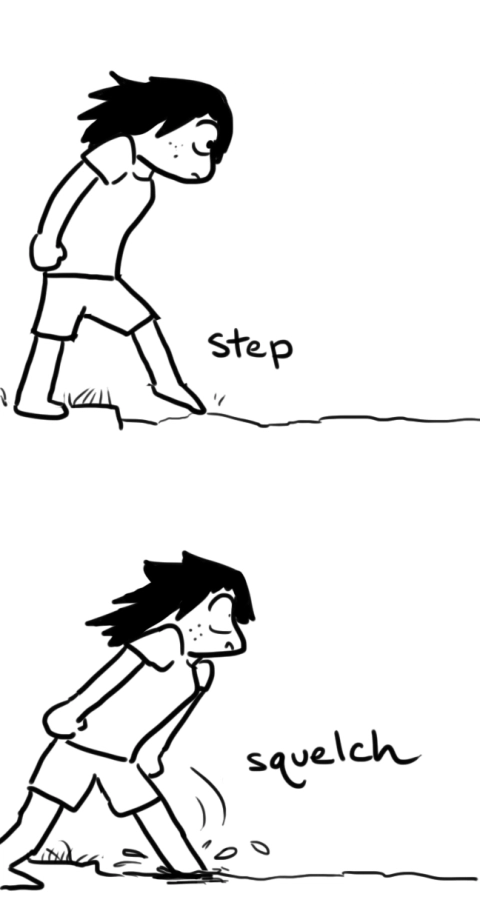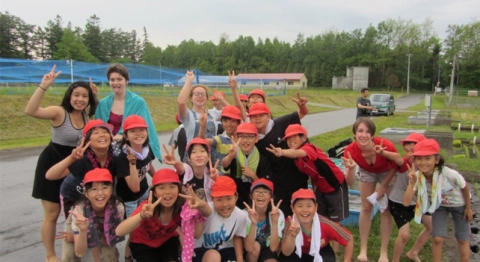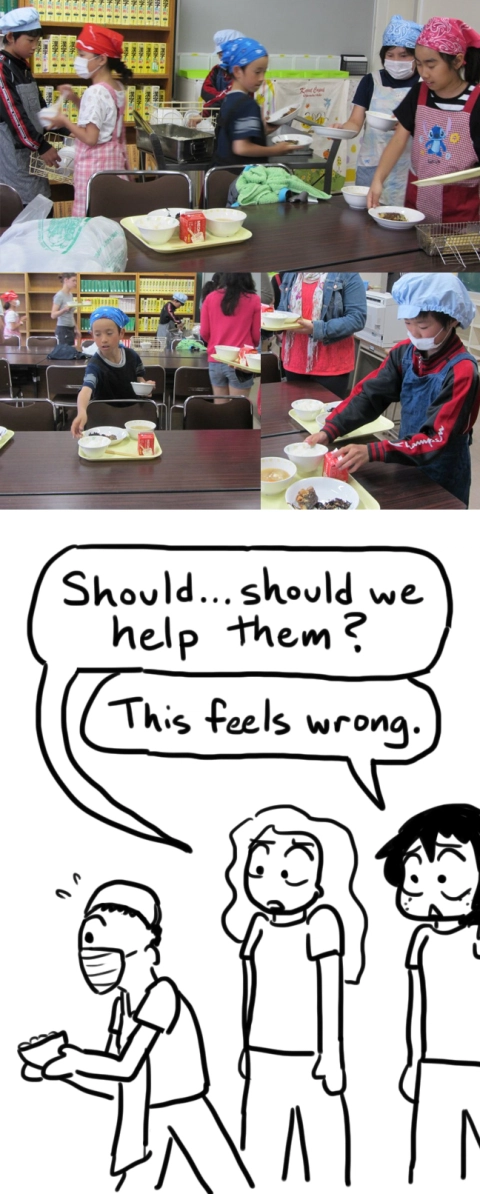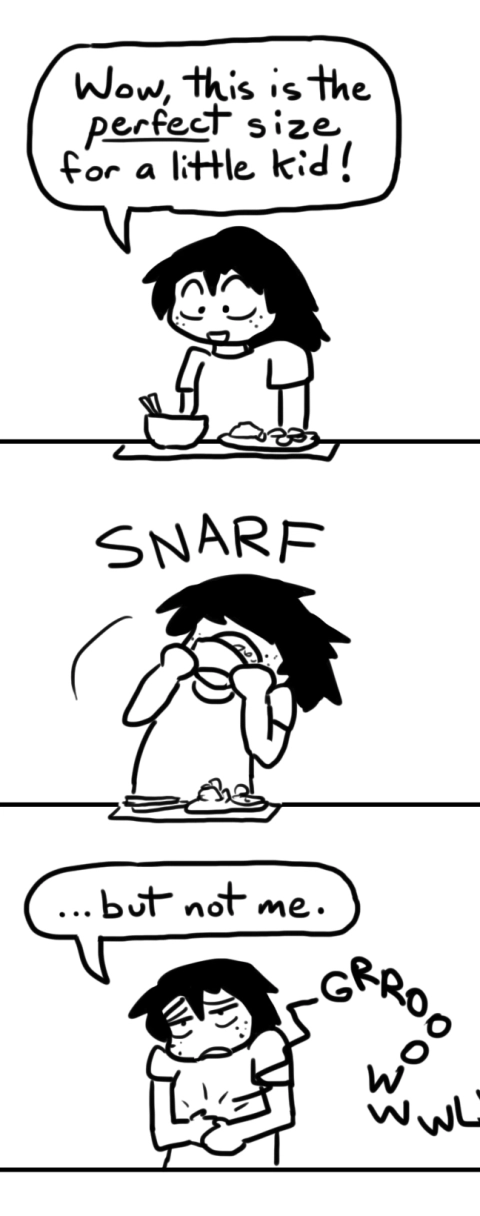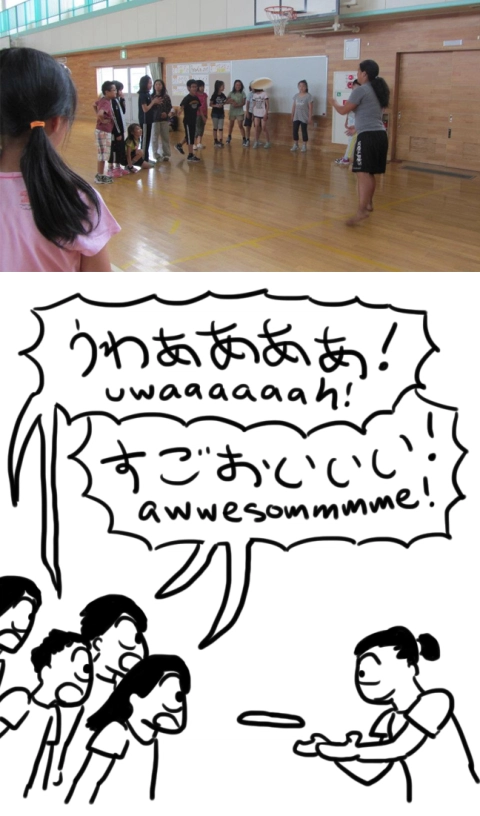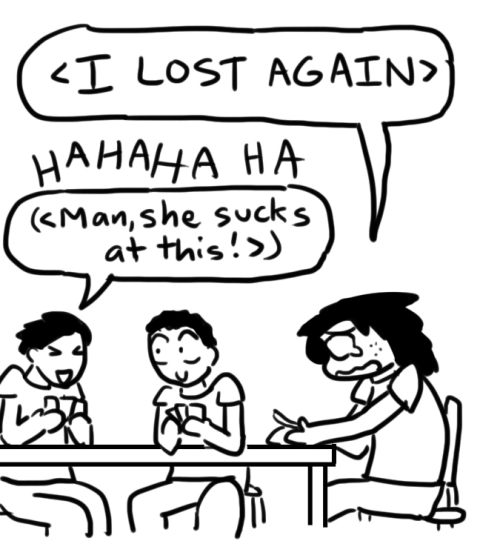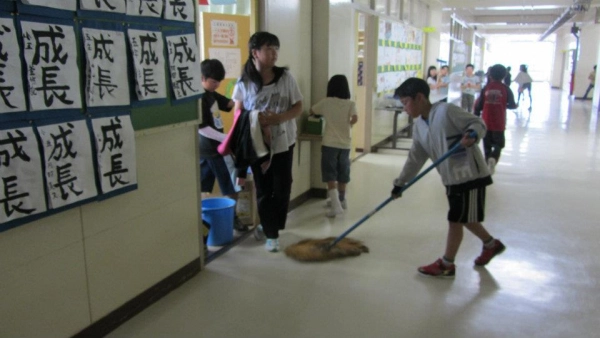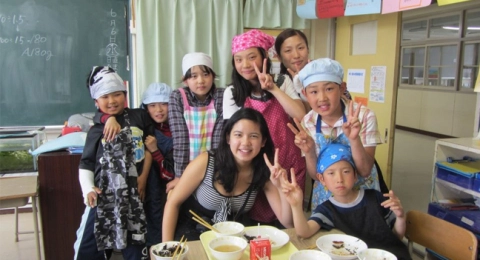There’re so many things I did in Japan that I never blogged about. Time for a blast to the past!
One of my more interesting experience in Japan was when we visited an elementary school. We spent the morning and afternoon at a school in Sapporo to give the grade-schoolers a taste of, well, gaijin! We, in turn, would get a taste of the life of a 小学生. (shougakusei, elementary school student) We were to hang out with the students, teach them some English, and expose them to our American culture.
Though, to be honest…
I think I learned more than they did.
Our very first activity, for example, started out with something I’ve never seen in the US: planting rice. From what I’ve seen, it’s typical for Japanese elementary schools to keep their own rice paddies, which the students help plant, tend, and harvest. And they saved their planting day specifically for the day we visited!
Despite the fact that both my parents grew up in Vietnam– my dad on a rice farm, no less– I hadn’t even seen a rice paddy before I came to Japan. I wasn’t sure what to expect. Though my dad’s stories of mosquito bites and peeling leeches off his legs gave me a general idea.
Well, I didn’t see any leeches, but I sure wasn’t expecting the paddy to be so deep.
I also wasn’t expecting it to be so difficult!
But it’s okay. I still thought it was fun.
After rice planting was lunch, where we experienced another slight cultural difference. You know how, in America, lunch ladies serve the kids? Well, in Japan, the kids take turn serving you.
The lunch, as you’d expect, was completely different as well. Gone was the pizza and hot dogs and mozzarella sticks. Instead, we had a well-balanced meal of rice, seaweed, fish, vegetables, miso soup, and milk. Even the portion size was appropriate! Maybe a little too appropriate…
After lunch was, of course, recess. This was a throwback to elementary school– you know, kids playing tag, climbing the equipment, chasing and running and screaming. Though apparently frisbee isn’t a thing in Japan. One of our group members, an ardent Ultimate Frisbee player, demonstrated her skills. To the utter fascination of the kids.
Afterwards, my group was broken up into several classrooms. Each American kid was assigned to a table of 4 or 5 students. First, I was put in a group of 4th graders…
…and then, at the teacher’s urging, I taught them rock, paper, scissors.
After an hour of rock, paper scissors, including a highly competitive class-wide tournament, I was spirited away to another classroom of 5th graders. This time, there was no lesson. Instead, they were supposed to incorporate me into their, uh, “group” as they hung out in their free period.
First, they whupped my butt in a Japanese version of Old Maid…
Then they taught me how to make paper cranes.
I also tried to converse with them, which was difficult, since all the kids spoke really fast and used a lot of slang. I did manage to ask to see their English textbooks, though.
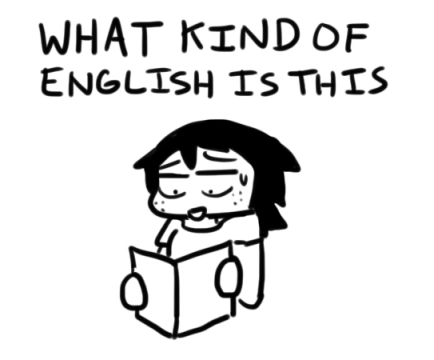
Japan is notorious for its substandard English programs. I got to see why. (not like America is that great at foreign languages, though)
Before we knew it, it was time to leave. My group exited the building to much fanfare. Several of the kids followed us to the exit, and kids would pop out of their classrooms to take a look at the interesting gaijin. We got a final look at one more cultural discrepancy:
And then we were free. The Japanese elementary school was different, for sure. Simply in cleaning their own classrooms and serving their own meals, there was a sense of greater discipline and responsibility. Japanese students eat lunch in the classroom. None of the grade-schoolers were allowed to eat until everyone had been served. I didn’t get to sit in with a real lesson– but those little quirks already showed the difference between American and Japanese culture.
Yet the Japanese kids were just like American ones. They were blunt to a fault. (One of our students got called “hairy.” Another Japanese kid paused, pointed to our Chinese student, and said, “Made in China.”) They play the same games as us. They were hyperactive and crazy and loud just like American kids.
In the end, kids are just kids, right?
Even on the other side of the world.


